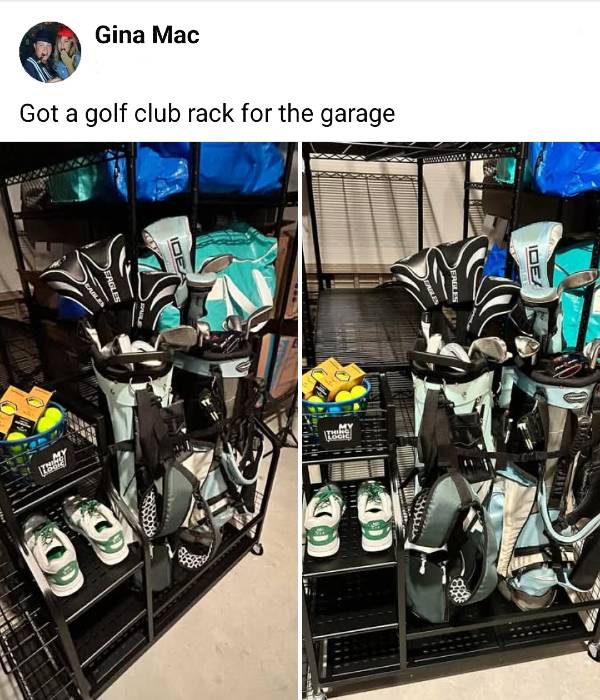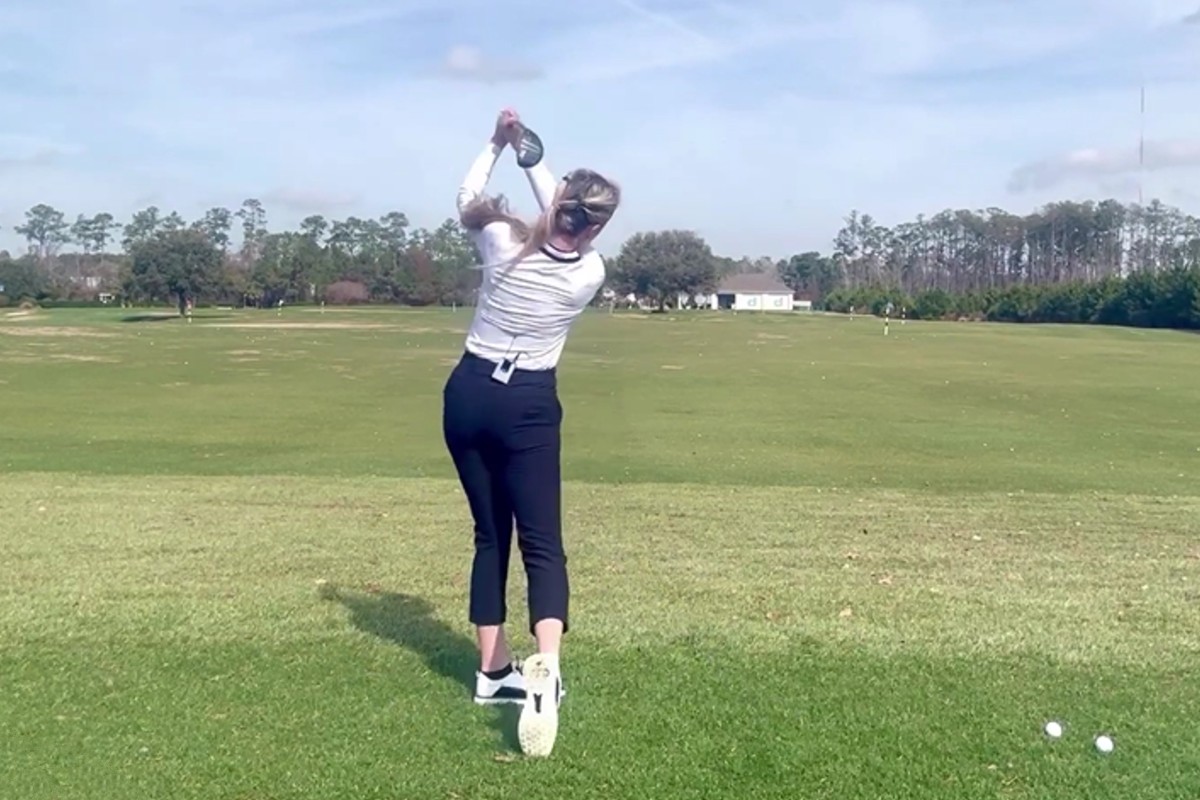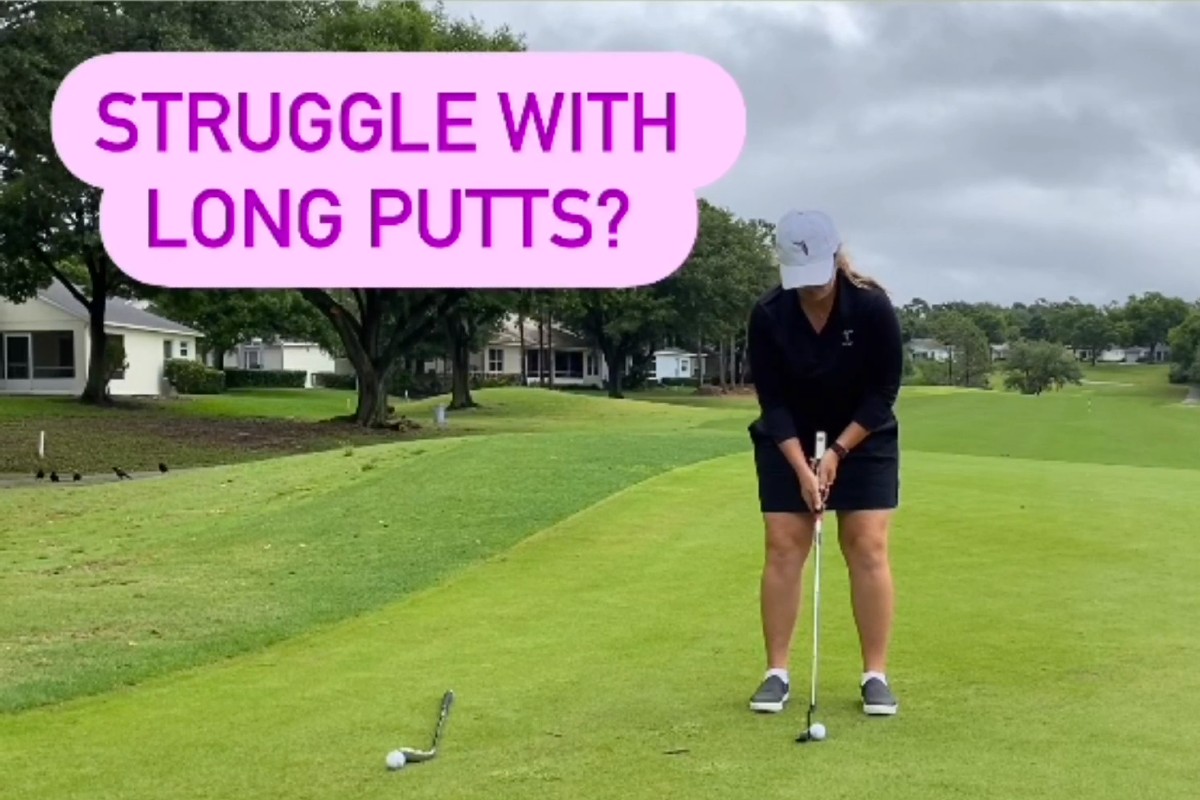By Nancy Berkley.
When Mike Whan became Commissioner of the LPGA in 2009, I wrote an article entitled “Whan for the LPGA is a Winner.” I was right. Since then I have had the opportunity to interview “@LPGACommish” (yes, that’s his Twitter handle) three times; this is our fourth.
Earlier this year, Whan’s contract as LPGA Commissioner was extended six years through 2020. And the LPGA has never looked healthier. It was time for another conversation. I wanted to hear how he measures his success and what challenges still keep him up at night.
We met on August 12th in his office at LPGA headquarters in Daytona Beach, Florida. For an hour and a half, he took no outside calls or even looked at his cell phone. Here’s what we talked about – reported in Q&A format:
Part I — Strategy and Leadership
Q. Mike, let’s start with an easy question: What do you consider the highlights of the current 2015 season?
A. [with only a slight pause] The highlights are our two new majors: The ANA Inspiration at Mission Hills, California and the KPMG PGA Championship at the Westchester Country Club in Harrison, New York. I believe that these tournaments will be part of the LPGA for the next fifty years. I think stability is very important for the LPGA.
Q. You talk about how important the “brand” image of the LPGA is. That was a highlight in your August 1st Fortune Magazine interview. What do you think the LPGA “brand” represents now? What is its “brand image” as they would say in marketing terms?
A. The LPGA’s brand image is: Opportunity for women through the game of golf. We want women to pursue their dreams through the game of golf. I’m talking about women who want to make a career in the game – not just as Tour players but perhaps as coaches and teachers also.
Q. Let’s clarify that answer: In your opinion the LPGA brand is NOT about growing the number of female recreational golfers – the six-plus million golfers in the U.S. (20% of all golfers in the U.S.) or recreational golfers around the world. Is that what you are saying?
A. Yes. Honestly, I don’t spend a lot of my time trying to figure out how to get more recreational golfers – other than giving women golfers a showcase for watching the best women golfers in the world. I know that in most other sports, it’s all about fans. But the LPGA is different. We focus on our sponsors. Our LPGA golfers connect with our sponsors like no other sports figures. Before every tournament, every player gets information about the sponsor, some social media tips plus where to send a thank you note to the sponsor. I say to the players: “You want to keep coming back, here’s the sponsors address, send a thank you note.” I know the CEO of Cambia Health, sponsor of the Cambia Portland Classic – August 13-15, 2015, will call me on Tuesday after the tournament and say, “Do you know how many “thank you notes I received?” That sponsor-appreciation is unique to the LPGA.
Q. I admire your strategic consistency because as I re-read our previous interviews, you have had the same strategy since you became Commissioner. Sponsors first! Right?
A. Yes. I believe that I have to put “out of bounds” stakes around the golf ball otherwise we will never get that ball to the green, which is building the best LPGA Tour with the best sponsors. I’m afraid of being the guy that gets distracted. I am staying focused on sponsors.
Q. But if you don’t have TV fans and don’t have more female golfers, how will you get advertisers to pay for TV coverage? Isn’t TV coverage a big issue for the LPGA?
A. TV coverage is expensive. Most sports commissioners of football and baseball teams, for example, concentrate on fans because it is core to their business model and TV coverage. But I think about sponsors’ checks. We offer our title sponsors a unique experience and they have helped pick up some of the cost of TV coverage. And that’s why the best fan experiences for the LPGA are those that are really important to the title sponsor. Everything flows from that.
Q. In a prior position in the hockey industry, you were quoted as saying that the industry solution for hockey was consolidation. Is consolidation needed in the golf industry? Was the KPMG PGA Championship an example of consolidation and where is that headed?
A. No and No. First, consolidation is needed where there is a small target market and too many suppliers. That was a problem with hockey at that time. But that’s not the problem in golf. We don’t need two golf organizations coming together as one – sharing costs and leadership. And, I’m not convinced that I could ever find a partner that would make women’s golf their number one priority as it is for me and the LPGA. Consolidation is definitely not on the agenda. But, collaboration is. The KPMG PGA Championship as an LPGA Tour “major” is an example of collaboration. Three organizations came together sharing a single mission: To produce a memorable women’s golf tournament with real staying power.
Q. Could the KPMG PGA Championship collaboration have happened a decade ago?
A. I think collaboration in the last seven and eight years has done much better than in the past. We do a lot more talking with each other. I was just on a conference call with Pete Dawson, head of the International Golf Federation for the 2016 Olympics in Rio. The Board of the World Golf Foundation – leaders of the U.S. golf organizations – meets four times a year. I can just pick up the phone and call Pete Bevacqua, at the PGA of America or Mike Davis at the USGA. We are on first name basis; we’re friends. And I don’t think that would have happened without industry boards like the World Golf Foundation and its CEO, Steve Mona, helping us work together.
Q. Following up on collaboration: The LPGA has a lot of competitive races among its players. There’s the Race to the CME and Rolex Ratings to name just two. Now we have the 2015 Solheim Cup coming up with Team USA vs. Team Europe. With all this head-to-head competition amongst the LPGA Tour players, have our players lost the skills to function as a team?
A. I don’t think so. At the end of the day, players come to the LPGA so they can compare their skills to the “best in the world.” What LPGA players want is an answer to: “How do I stack up against the other female golfers on the planet?” I’m not sure if you offered more players more team competition, they would want it because it would cut down on their ability to show they are the best of the best individual golfers. Team competition doesn’t allow players to show their skill the same way.
Q. So how does the International Crown – a new LPGA team event with country vs. country – fit into your theory of the importance of traditional head-to-head competition?
A. I think there is a place for one big team competition and the Crown worked out well. We landed on a competition among the top eight countries with the top four LPGA Tour golfers – based on the World Rolex Rankings. The Crown is match play which offers a different drama than our other events. And, it is played in alternate years with the Solheim Cup. The only way for a country to get into this competition is to have four golfers with the top Rolex Rankings. A country can’t buy its way in. I like tours that have a “meaning.”
Q. You like the International Crown because it has as you call it “meaning”. Does that apply to other tournaments. Would you explain that a little more?
To read Mike Whan’s answer, continue to Part II (About the Future) of the Interview.







